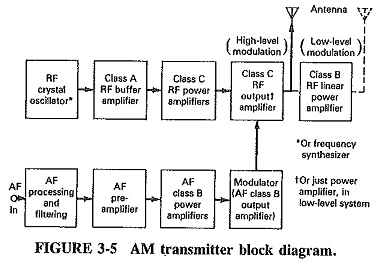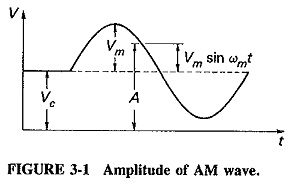Generation of Amplitude Modulation
Generation of Amplitude Modulation: There are two types of devices in which it may be necessary to the Generation of Amplitude Modulation. The first of these, the AM transmitter, generates such high powers that its…
Comments Off on Generation of Amplitude Modulation
October 9, 2018

